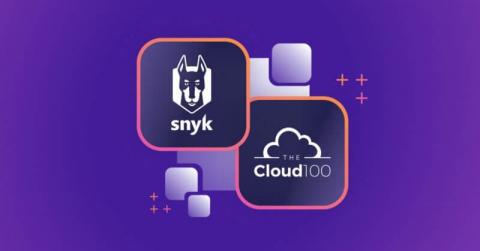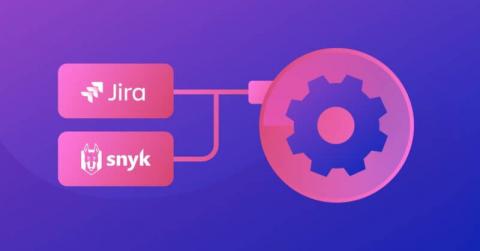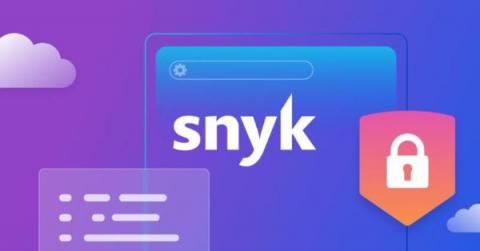Snyk finds PyPi malware that steals Discord and Roblox credential and payment info
Snyk security researchers continually monitor open source ecosystems for malicious packages, utilizing static analysis techniques to identify and flag suspicious packages. Each malicious package is identified upon publication to the package manager and swiftly added to the Snyk Vulnerability Database. During recent research, the team found 12 unique pieces of malware belonging to the same actor.











